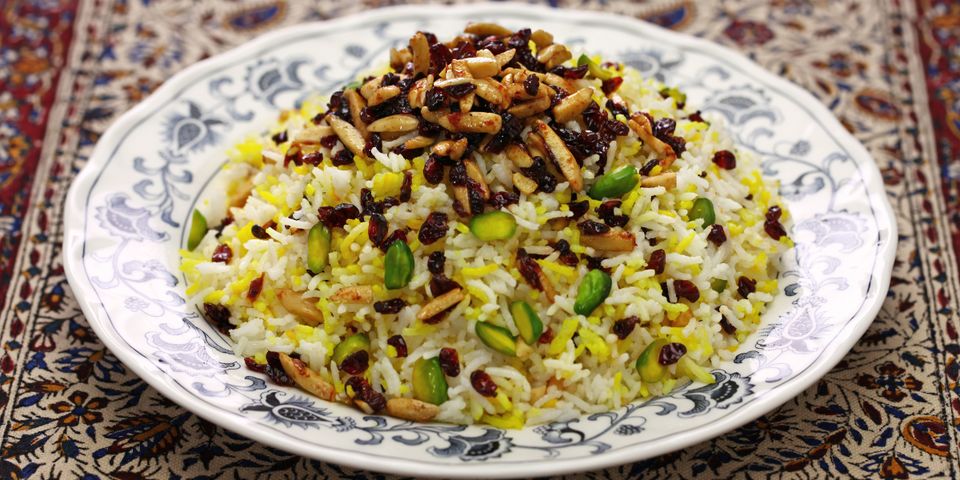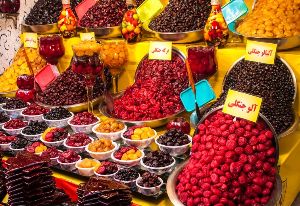
If you're curious about trying Persian food for the first time, learning about the culture and cuisine can help you feel more comfortable when ordering it from a restaurant. These meals have many influences, resulting in a diverse and unique range of flavors. Below are answers to some common questions about this cuisine if you're unfamiliar with it.
A Beginner’s Guide to Persian Food
What cultures influenced Persian cuisine?
Modern Persian food stems from many cultures across Central Asia and the Middle East. Much of this cultural exchange was due to various invasions over history and participation in the Silk Road trade route. The ancient Babylonians, Turkish people, Romans, Greeks, and Assyrians had a profound cultural impact on what the people of present-day Iran eat now.
Like other neighboring cultures, Persian cuisine is generally categorized as “hot," garmi, and “cold,” sardi. This doesn't refer to the spiciness or temperature of a dish, but to the effect on the human body. Hot foods are rich, flavorful, and heavy, and they warm the body, while cold foods are light and refreshing, and produce a cooling effect. Most dishes try to provide both to promote a balanced diet and good health.
Which ingredients are traditionally used?

The tastes of Persian food are often layered, offering subtle flavors through a variety of colorful herbs and spices. Saffron, a vivid crimson spice, is a staple ingredient. Other important components include nuts, dried fruits, beans, cinnamon, rice, lamb, and poultry. Tart and sour flavors are distinct in many Persian dishes. This comes from the addition of pomegranates, lemons, limes, sumac, and tamarind.
What are some popular dishes?
Soups, stews, and roasted meat are the most popular items to order at a Persian restaurant. Kebabs, which typically consist of lamb, chicken, or beef, are some of the most well-known dishes among westerners. Rice, also known as polo, is another staple, and it can be served alone or with meat and vegetables. For example, albalo polo uses black cherries, while zereshk polo features a combination of almonds, pistachios, and barberries to give it a tart, refreshing flavor.
Are there unique beverages and desserts?
When you dine at a Persian restaurant, you can enhance the meal with a tasty drink and dessert. Doogh, a chilled yogurt drink, makes a refreshing summer beverage that is similar to a light milkshake. Persian hot tea is an excellent way to warm up in the winter. As for dessert, many Persian sweets are made with fruits and nuts. Persian ice cream provides a sweet, faintly floral taste. Although not specifically Persian, baklava is also a popular choice.
When you’re ready to indulge in delicious Persian food, visit Sufi’s Kitchen in Atlanta, GA. Whether you visit for lunch or dinner, their menu includes a variety of dishes that the whole family can enjoy. Each healthy, flavorful meal is made using carefully curated traditional recipes and the finest ingredients. View their full menu online, and call (404) 888-9699 to make a reservation.
About the Business
Have a question? Ask the experts!
Send your question

